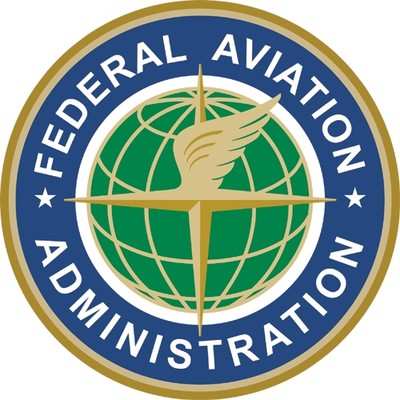Foreign Pilot Had Been Falsely Accused Of Failing To Report An Arrest On An FAA Medical Application Form
A foreign pilot has been cleared of charges that he falsified an FAA medical application form, and an emergency order of revocation of his airman privileges has been been reversed. His attorney says that the case is the first intentional falsification matter where the Pilot’s Bill of Rights medical reform mandates played a key role in the victory.

The pilot, who was not named, was represented by SmithAmundsen attorney Brandt Madsen. The foreign corporate pilot stood accused of failing to report an arrest on his FAA Medical Application. When reviewing the application, the FAA received information from the Department of Motor Vehicles indicating the applicant pilot had been arrested. As the arrest was not indicated on the medical application, the FAA determined that the pilot had knowingly, intentionally and fraudulently falsified his application. On the day before Thanksgiving, 2016, the FAA initiated an emergency revocation of the client’s certificates.
The emergency revocation procedure contains extremely compressed schedules, requiring both trial and appeal to be completed within 60 days. Initially, the foreign client had only five calendar days to locate counsel, prepare a defense and file documentation challenging the revocation. As four days were taken by the Thanksgiving holiday, the pilot in this matter was left with just one calendar day, rather than five.
SmithAmundsen partner Brandt Madsen, a panel attorney for the Aircraft Owners and Pilots Association (AOPA), was called upon in this short timeframe to mount a defense. Madsen cited the FAA’s failure to comply with the Pilot’s Bill of Rights and the April 2014 Government Accountability Office (GAO) report which called for the FAA to revise the confusing pilot’s medical form and demonstrated that the pilot was a victim of the same confusion criticized by Congress and the GAO.
Within the continually short procedural deadlines, SmithAmundsen attorneys were able to locate and present an expert grammarian to establish the indecipherability of syntax, multiple ambiguous meanings, and rhetorical traps contained in the convoluted question at issue. In addition, an aviation medical expert, who had performed tens of thousands of examinations, testified both as to the frequency of confusion caused by the form as well as the innocuous nature of the underlying violation. While this theory was allowed by the judge, he nonetheless ruled against the airman at the first trial and found him guilty of falsification.
On appeal, the NTSB remanded the case to back to the Administrative Law Judge to address the airman’s credibility and his claims that he didn’t intend to provide false information, among other issues. On January 11, 2017, the judge reversed his opinion and found in favor of the pilot, reinstating his pilot certificates. In his opinion, the judge found the airman’s testimony and professed confusion to be both subjectively and objectively credible, citing the Pilot’s Bill of Rights and the GAO report as well as issues surrounding the digital MedXpress application system (which presents a slightly different form on mobile devices than otherwise available). In an almost unprecedented move, the FAA abandoned the appeal, leaving the judge’s ruling as the final word. Less than a week following the judge’s decision, the airman is back to his regular flying schedule.
Notably, the Pilot’s Bill of Rights provisions that led to this victory were adopted, in part, through the efforts of SmithAmundsen attorneys Jack Harrington and Alan Farkas. Through their work with the Experimental Aircraft Association (EAA), as board member and chair of the Legal Advisory Council, respectively, they worked closely with the congressional leaders who advanced the Pilot’s Bill of Rights.
(Source: SmithAmundsen news release)
 ANN's Daily Aero-Term (05.05.25): Circle To Runway (Runway Number)
ANN's Daily Aero-Term (05.05.25): Circle To Runway (Runway Number) ANN's Daily Aero-Linx (05.05.25)
ANN's Daily Aero-Linx (05.05.25) NTSB Prelim: De Havilland DHC-1
NTSB Prelim: De Havilland DHC-1 Classic Aero-TV: The Boeing Dreamliner -- Historic First Flight Coverage
Classic Aero-TV: The Boeing Dreamliner -- Historic First Flight Coverage Airborne-NextGen 05.06.25: AF Uncrewed Fighters, Drones v Planes, Joby Crew Test
Airborne-NextGen 05.06.25: AF Uncrewed Fighters, Drones v Planes, Joby Crew Test



